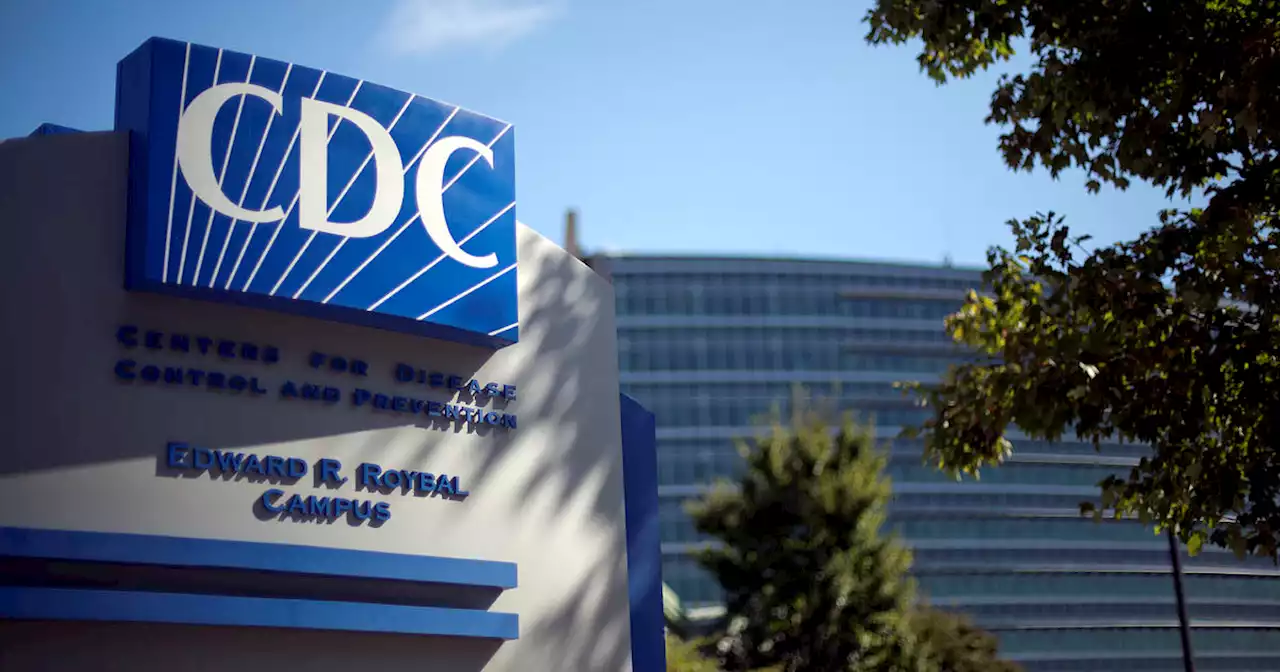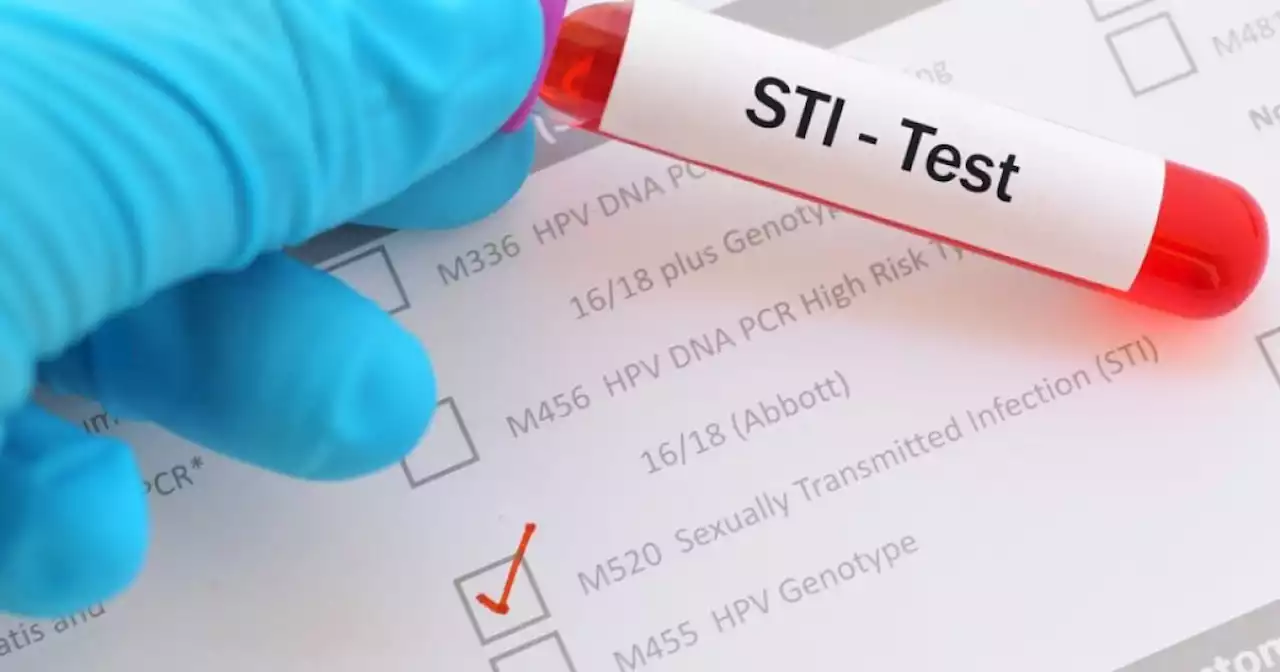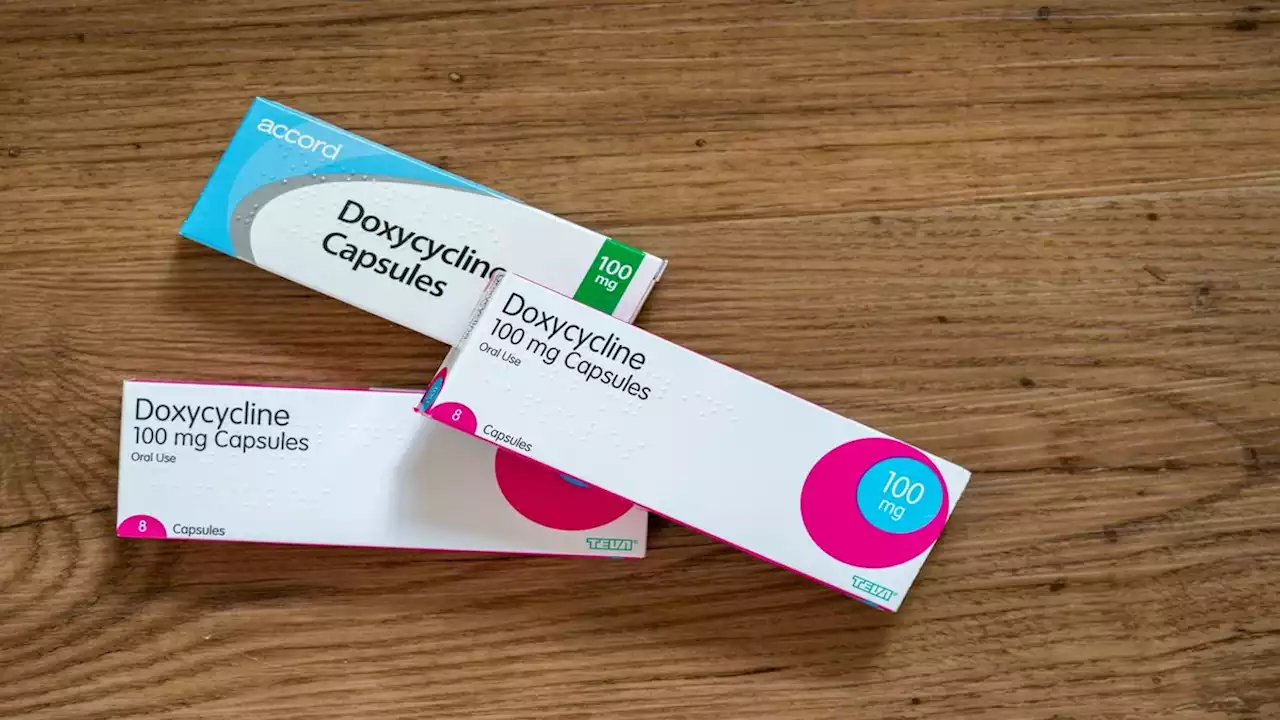The CDC issued a draft of its guidance for how and when the antibiotic doxycycline should be used as a preventive treatment for STIs, a regimen known as doxy-PEP.
Certain people should consider taking an antibiotic treatment after having unprotected sex to prevent sexually transmitted infections , the Centers for Disease Control and Prevention will soon recommend.
MSM and transgender women who have had at least one bacterial STI in the past year and are at ongoing risk of being infected again should consider taking doxy-PEP, the CDC draft guidance states. It can also be considered for MSM and transgender women who haven't had a recent STI but plan to attend events where the risk of exposure might be high.
Clinical trials suggest that people who take doxy-PEP get gonorrhea, chlamydia and syphilis at about one-third the rate of those who don't take the pills. It works best for chlamydia and syphilis, cutting the risk by nearly 80%, while it reduces the risk of gonorrhea by about 50%. Exposure to antibiotics, especially"broad-spectrum" drugs like doxycycline, pushes bacteria to evolve to resist the drugs over time. Using antibiotics appropriately and sparingly is a key strategy to stop antibiotics from becoming obsolete.
日本 最新ニュース, 日本 見出し
Similar News:他のニュース ソースから収集した、これに似たニュース記事を読むこともできます。
 In a first, CDC to recommend antibiotic pill after sex for some to prevent sexually transmitted infectionsThe approach to fighting sexually transmitted infections has been nicknamed 'Doxy-PEP.'
In a first, CDC to recommend antibiotic pill after sex for some to prevent sexually transmitted infectionsThe approach to fighting sexually transmitted infections has been nicknamed 'Doxy-PEP.'
続きを読む »
 CDC to recommend antibiotic pill to prevent STDsThe recommendation says 200 milligrams of doxycycline must be taken within 72 hours of sexual intercourse in order to be effective.
CDC to recommend antibiotic pill to prevent STDsThe recommendation says 200 milligrams of doxycycline must be taken within 72 hours of sexual intercourse in order to be effective.
続きを読む »
 COVID map shows 9 states where cases are rising this monthThe average test positivity in the past four weeks nationwide through September 23 was 13.8 percent, according to latest data from the CDC.
COVID map shows 9 states where cases are rising this monthThe average test positivity in the past four weeks nationwide through September 23 was 13.8 percent, according to latest data from the CDC.
続きを読む »
 COVID map shows states with increased hospital admissionsConnecticut saw the highest increase (36 percent) in hospital admissions, followed by Montana (32.2 percent), the latest CDC data shows.
COVID map shows states with increased hospital admissionsConnecticut saw the highest increase (36 percent) in hospital admissions, followed by Montana (32.2 percent), the latest CDC data shows.
続きを読む »
